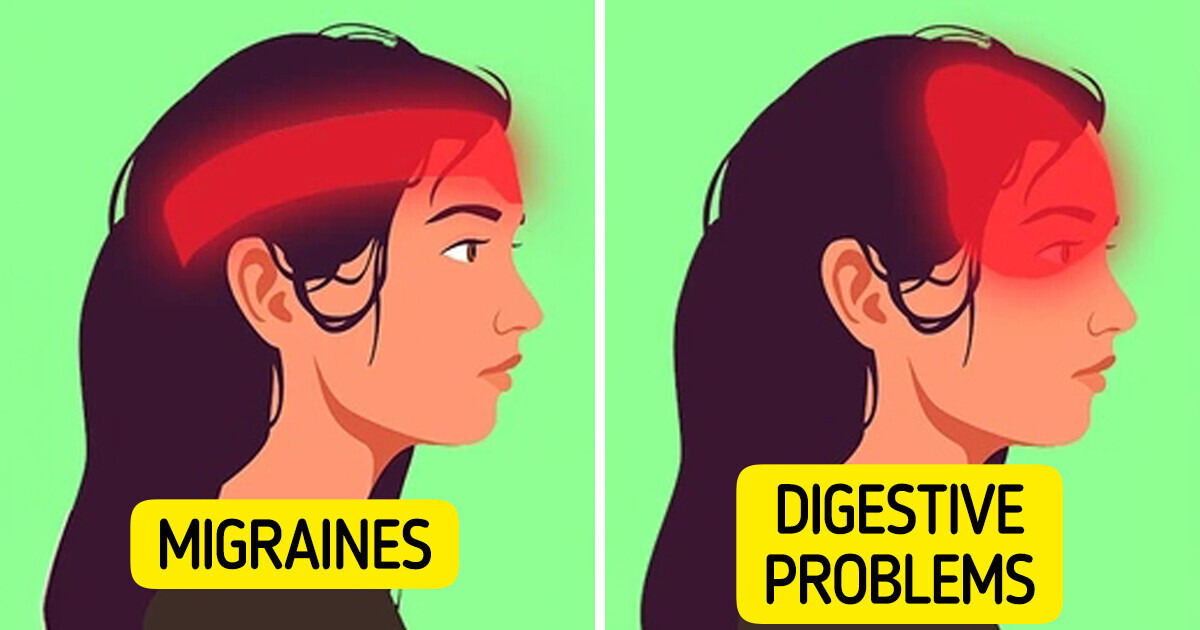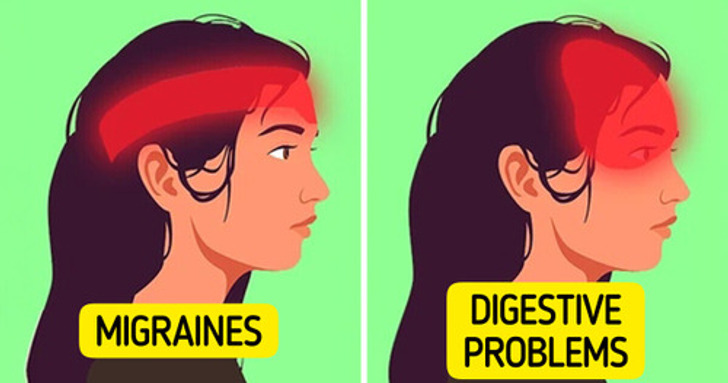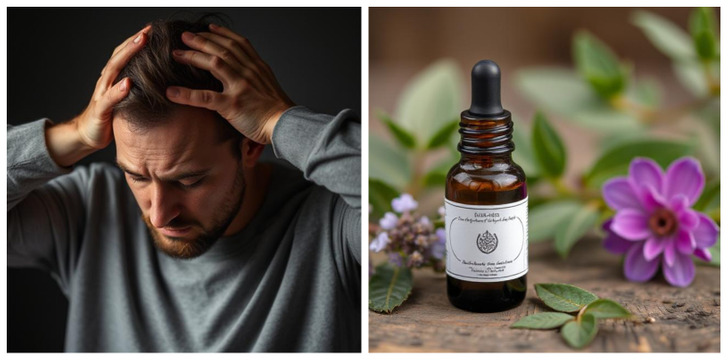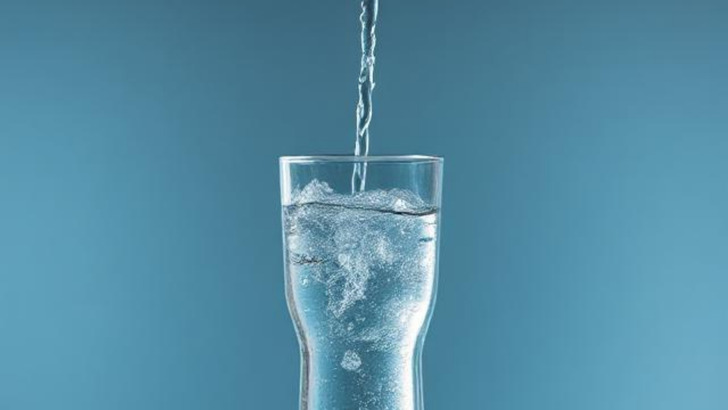15 Stories That Remind Us to Stay Kind, Even When the World Isn’t


According to this study, nearly half of all adults experience at least one headache each year. Headaches come in various forms, including migraines, cluster headaches, and those triggered by tension, vision issues, or sinus problems. Among them, tension headaches are the most widespread, impacting approximately 1.6 billion people worldwide.
Headaches can strike unexpectedly, anywhere and anytime. Check 11 effective techniques to banish them quickly.

The gut and brain are closely connected through the gut-brain axis, a communication network that links the digestive and nervous systems. Poor digestion, food intolerances, or imbalances in gut bacteria can trigger inflammation and stress responses in the body, leading to headaches.
Conditions like irritable bowel syndrome (IBS), acid reflux, or dysbiosis (an imbalance in gut bacteria) may contribute to persistent headaches. Addressing digestive health through a balanced diet, probiotics, and hydration can help alleviate headache symptoms.

A warm shower can ease tense muscles and soothe a headache, but when time isn’t on your side, a hot compress can be just as effective.

The scent of specific essential oils, particularly lavender, has a calming effect that can help ease headaches. Apply a small amount to your forehead and temples, then rest in a quiet, dark room to unwind.
Peppermint oil is another powerful remedy, known for its headache-relieving properties. A study from Shiraz University in Iran even confirmed its effectiveness in alleviating migraines.

Headaches are often triggered by dehydration, making proper hydration essential for prevention. However, be cautious—drinking too much water can result in hyponatremia, a condition where sodium levels in the blood become dangerously diluted. This imbalance can cause headaches, nausea, and bloating—symptoms that closely resemble dehydration, making it easy to mistake one for the other.

How to Find It: This acupressure point lies in the fleshy webbing between your thumb and index finger.
Instructions:
Using this acupressure point can effectively alleviate head and neck tension commonly linked to headaches.
How to Find It: This acupressure point is situated four finger-widths above the highest part of your ankle, nestled in the hollow just behind the inner leg bone.
Steps to Activate:
Stimulating this point helps alleviate stress and promotes a deep sense of calm.
How to Find Them: These points are nestled in the hollow space between two vertical neck muscles, right at the base of the skull.
Steps to Activate:
This technique helps ease headaches caused by neck tension and can also provide relief from migraines.
How to Find Them: These points can be found on both sides of the nose, right where the bridge meets the eyebrow ridge.
Steps:
Stimulating these pressure points can effectively alleviate headaches triggered by eyestrain or sinus pressure.
Where to Find It: The Shoulder Well sits between the shoulder point and the base of your neck.
How to Do It:
This technique helps ease stiffness in the neck and shoulders, offering relief from any headaches caused by tension.
How to find it: This point is situated at the outer corner of each eye.
Steps:
This technique can ease the discomfort linked to migraines.
Think back to the last time you had a severe headache. How did you handle it? We’d love to hear about your experiences, share them in the comments below.











